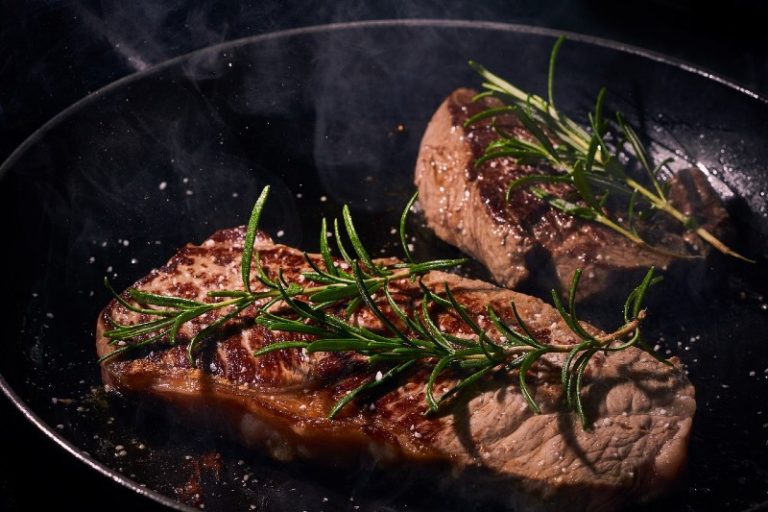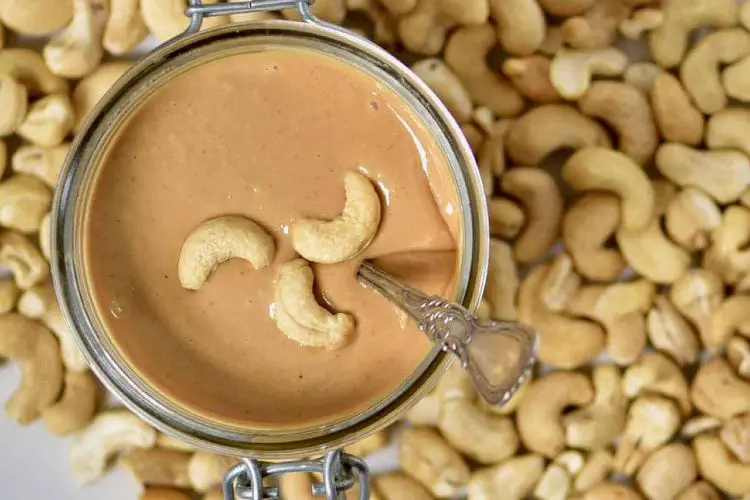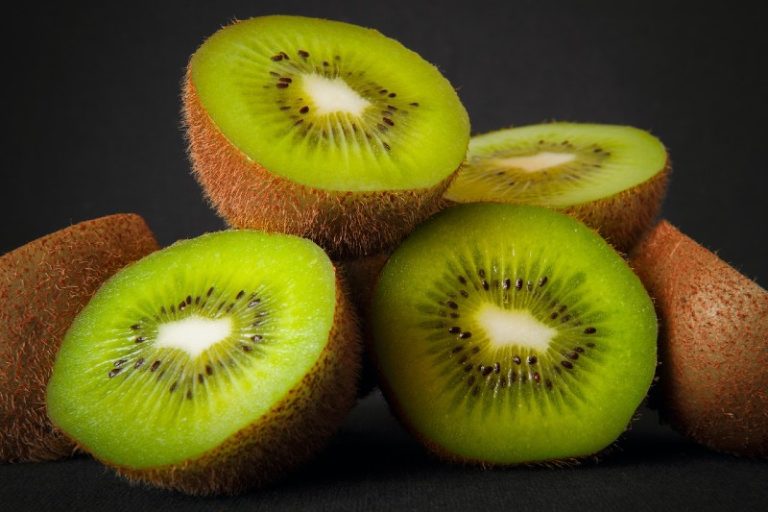Meeting Tessa Webb
Its noble origins recorded in the Domesday book, with an imposing Norman parish church at its heart, Siddington is a very large village south of Cirencester. As you drive through it, you may well notice a plot of land adjoining The Coach House, next to a lane called Fraziers Folly. It is delineated in a series of private allotments, laid out in orderly beds and rows, with a few wooden sheds dotted here and there, along with old metal watering cans, wheelbarrows, water butts and hazel wigwams. Welcome to the world of self-sufficiency, grow-you-own, village gossip, tea at four o’clock and quintessentially English summer days. Welcome to the world of Tessa Webb.
I first came to read about Tessa’s allotment in the pages of Country Living magazine, and I was so intrigued by this lady’s achievements that I made an appointment to go and meet her. Cristian Barnett’s photography, in the magazine, is so beautiful and compelling that I wanted to see this garden, the flowers, the fruit and the vegetables, with my own eyes.
What happened next was a day that, quite literally, exceeded all my expectations and preconceptions. I realised that the Country Living article only showed a tiny fraction of the complete story. Humbled and moved, I wanted to tell The Foodie Bugle readers all about this remarkable lady, her family and her many extraordinary achievements, to inform, enlighten and inspire others in the same way she inspired me.
Tessa Webb and her artist husband, Richard Kenton Webb, knew that The Coach House in Siddington was their long awaited dream home when they crossed its threshold. It offered them all they wanted: a comfortable and spacious period house for their two growing boys; a family kitchen that enabled Tessa to cook, preserve and bake; a studio at the back of the house for Richard’s linocut drawings and printmaking, and, above all, a kitchen sink view many people would give their right arm for.
As I stand looking over the washing-up liquid bowl and brushes stretched in front of me are rambling runner beans, flowering, pastel sweet peas, pink rhubarb, green balls of ripe salads, purple chive flower heads, scores of blackberry bushes laden with scarlet fruit, butterflies fluttering their way from plot to plot and several gardeners, stooping down, their heads covered in straw hats, hoeing, digging and raking.
“When we first moved in, the allotments were at risk of turning into a wilderness”, explained Tessa as she offered me coffee and homemade vanilla biscuits (which I would have liked to surreptitiously tip into my handbag, to take home, when she was not looking).
“The community got together, and we created a proper, organised allotment structure. People have to work on their section, keep it relatively tidy, and not let everybody else down.” Tessa tells me that many of the people who now work in the allotments are elderly or retired, and many see their little plot as a restorative, contemplative space, far away from the rigours and stresses of the modern world. “For me, the total love of really good, fresh food spurs me on. Richard and I are very frugal, we hate waste and we try to capture everything in the season: all those flavours are brought straight into the kitchen, and eaten the same day.”
Meals and menus are kept quite simple and to prove the point that you do not have to slave for hours to create delicious family meals, Tessa has written a small cookbook entitled “Colour in the Cotswolds Cook Book”, illustrated with Richard’s eye-catching black and white drawings, depicting life on the allotment, the house, the plants that grow all around them and the rangemaster in their kitchen.
Just 30 pages long, it has me drooling: “Beat-the-glut gardener’s soup for August”, “Lamb chops with redcurrant and mustard glaze” and “Chocolate and beetroot cake” (in homage to Leticia Cropley in the “Vicar of Dibley”).
Within the average working day, I soon learned, Tessa and Richard not only waste no resources, but also they waste very little time. They both work at the University of the West of England, which used to be Bristol Polytechnic. Richard teaches art and Tessa teaches a business course for creative people, helping them understand how to market their work, sell their C.V to potential employers, make a business plan, produce a balance sheet and a profit and loss account and so on.
The recession has not been easy for people who work in the world of teaching and arts and craft, and every day is a financial challenge.
With her own career background in publishing, marketing, the arts and management, she is uniquely qualified to provide creative and artistic people the tools they need to prosper in a very competitive commercial world. She is a Member of the Institute of Marketing, with a degree in Art History and has won awards for her business training skills.
Tessa has also extended this kind of tuition to personal courses she runs at home. She welcomes creative people in very small groups to her own house, cooking for them and arranging bespoke courses, tailor made to show how managing a portfolio career can be done successfully. Very often artists and craftspeople also need to be accountants, PR agents, computer experts and social media wizards. She calls these courses “Creatives into Business”.
“I always encourage all artists to create their own Blog, to show the world what they are doing. In the recession I wholeheartedly believe in people swapping skills. You can get a friend who is website design savvy, for example, to swap skills with you, say, if you can create something they want” explains Tessa.
And crafts, art and creativity are all around me in this house. Not only are Richards’ prints displayed on cushions, on the walls and on cards, but Tessa’s kitchen is also a showcase for her hand made ceramics. She makes and paints bowls, jugs, plates and cups, for serving her homegrown, homemade food.
A profound sense of inferiority now creeping over me, I spot a hamper filled with Tessa’s chutneys, jams, pickles and jellies which she sells as Christmas gifts. The themes of frugality and ingenuity run like a thread in every corner: seeds are collected from the allotment and stored over the winter, for planting out the following spring; herbs are dried; all kitchen waste is composted; all waste is recycled; old wooden boxes and drawers are turned into planting boxes and old carpets are re-used as pathways across the muddy plots.
To fuel my lifestyle envy flames further, Tessa leads me out of the back door into a beautiful sunken, Mediterranean courtyard garden, the steps lined with terracotta pots in full flower. At the bottom of the courtyard is Richard’s studio, and I have written a separate article in “The Sideboard” section about what I found in there.
Tessa and Richard have set up specialist art courses, called “Colour in the Cotswolds” to help people, of all ages and capabilities, develop their drawing and painting skills. They provide a unique environment for professionally minded people to learn together, eat together and expand their visual and creative language.
“There are only six people per course, and we cover everything from linocuts, printmaking, still life and nature drawing, across lots of different media”, says Tessa, while putting the finishing touches to our lunch.
Steaming, creamy spinach soup, granary bread, local butter and fresh fruit from the garden are spread out before me with the style, generosity and care I could, so very quickly, become accustomed to.
In and around Cirencester there is a very thriving community of glass blowers, printers, textile artists, oil painters, ceramicists, bookbinders, sculptors and furniture makers. Tessa and Richard decided that all this talent needed to be showcased not just for all the nearby residents but also to the many visitors who come to the Cotswolds every year.
So they set up an event called “Cotswold Open Studios” bringing exhibitors and the public together in an organised event, from 25th – 26th June 20011, all detailed in a beautiful one page poster that shows which artist is located where.
“This is a wonderful, and unique opportunity, to visit artists in their own studios, to find about what they do and how they do it. You can buy their work if you want to, commission new work even, but above all the event celebrates artistic talent and vision, through looking, listening, learning and enjoyment. All these skills are vital to the rural economy.”
We walk out through the arched door of the walled garden, to walk around her beloved allotment, and over us, in the sunshine, birds carve the afternoon air with their industrious flight, building nests and gathering food. A blackbird has found his way into one of the fruit meshed tunnels. “Oh no!” shouted Tess, “Richard is going to be so cross. How did that bird get into the netting?”
After seeing Tessa and Richard’s house and her art and ceramic works, eating her food, experiencing her lifestyle and coming face to face with her boundless energy and extraordinary range of skills, I am silently relieved that not everything is completely perfect at The Coach House in Siddington. Even paradise has its little troublesome moments. Thank goodness.
Contact Details
www.creativesintobusiness.com
www.colourinthecotswolds.com
www.richardkentonwebb.com
www.rkwprints.com
You can also follow Tessa Webb on Twitter: @Tessa_Webb


